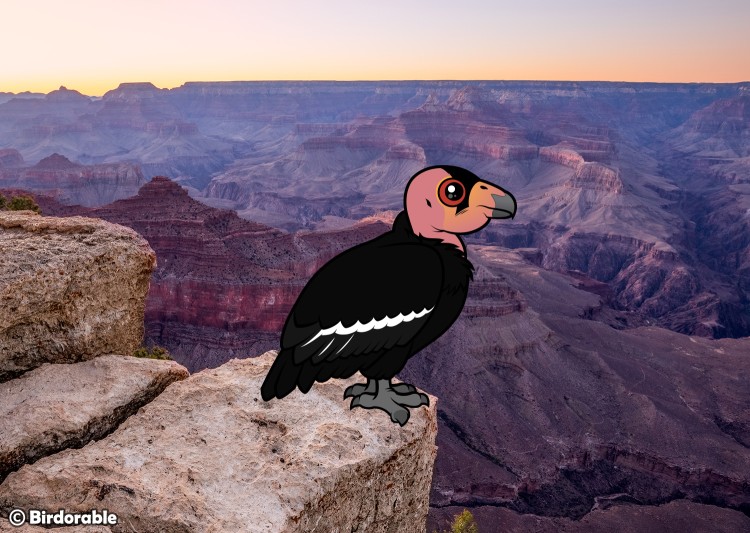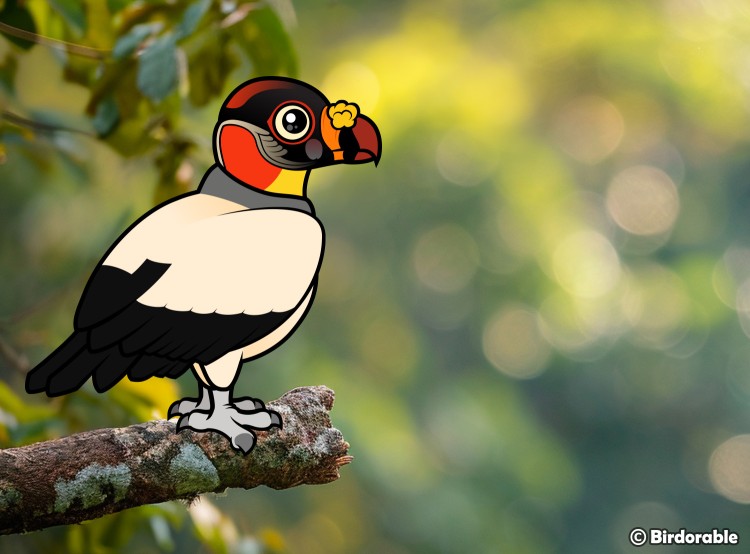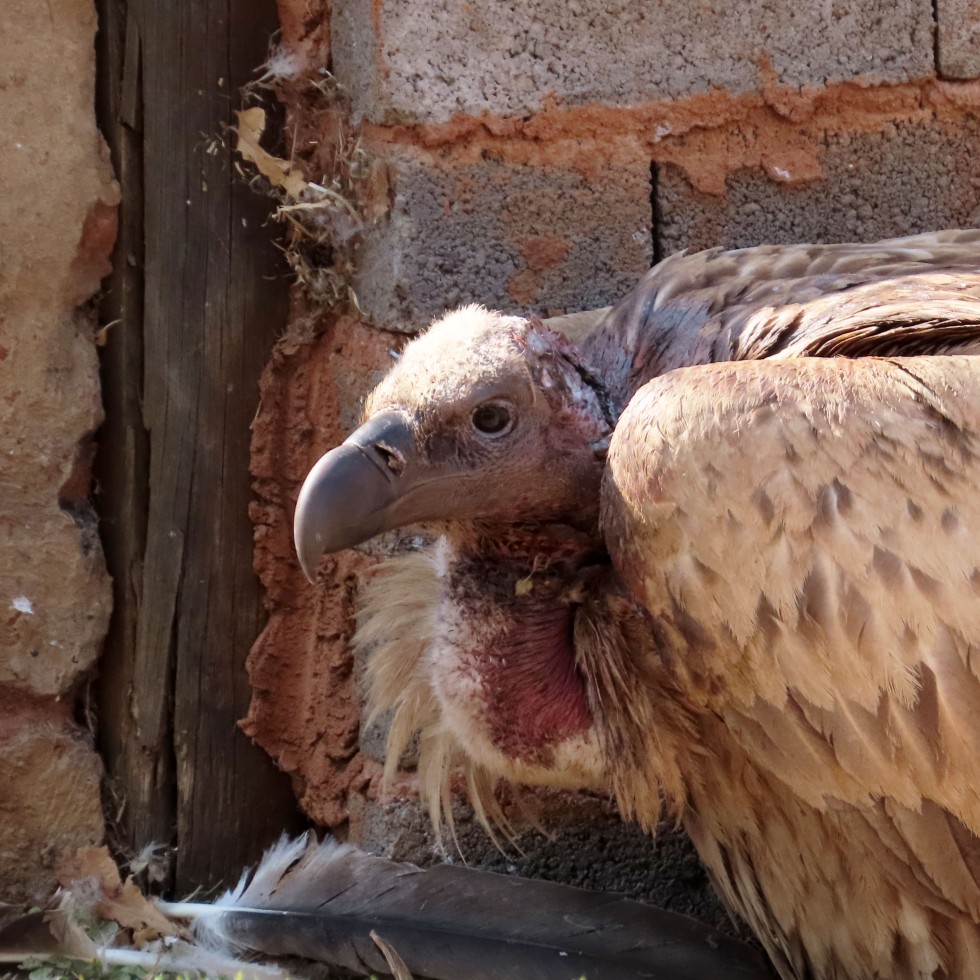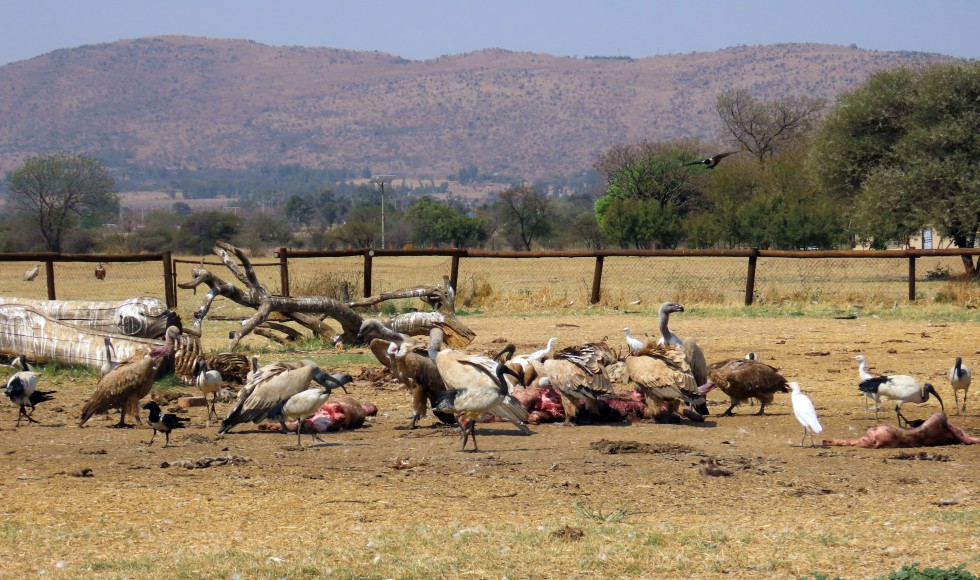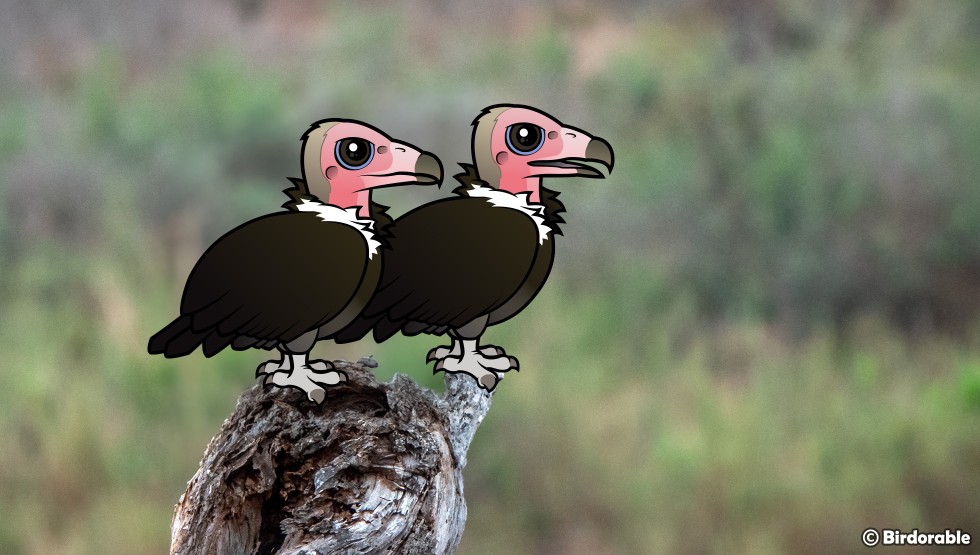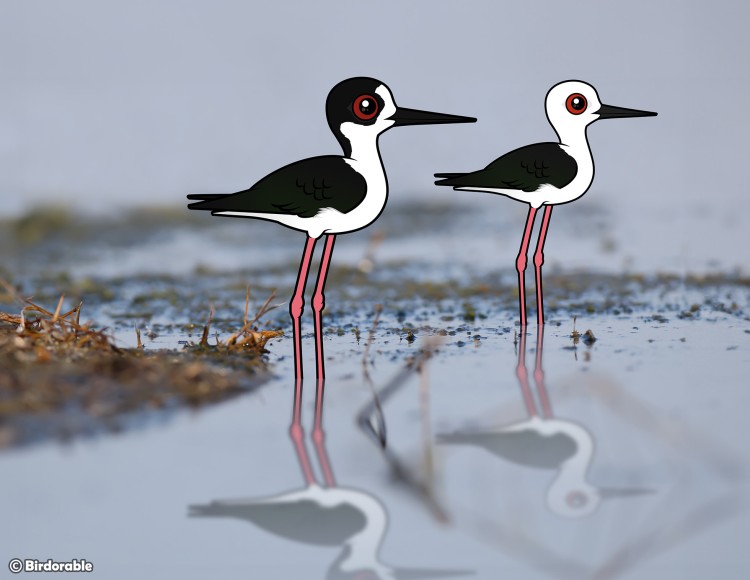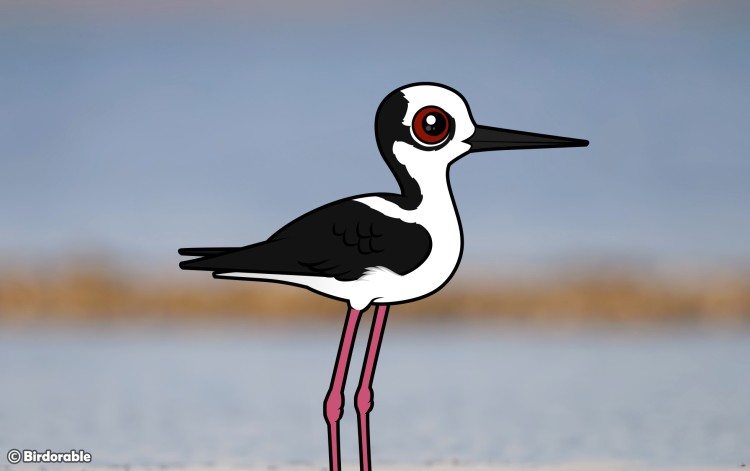
Tomorrow is International Vulture Awareness Day and Birdorable has you covered with our FREE downloadable coloring pages featuring all 23 species of vultures! These magnificent birds play a crucial role in maintaining healthy ecosystems, and this special day highlights the importance of their conservation.
Why Vultures Matter
Vultures might not always get the love they deserve, but they are nature's clean-up crew. By consuming dead animals, they help prevent the spread of disease and keep ecosystems in balance. Unfortunately, many vulture species face threats like habitat loss, poisoning, and declining food sources. That's why it's more important than ever to raise awareness about these vital birds.
Fun and Educational Coloring Pages 🎨
Our vulture coloring pages are not only a fun activity for bird lovers of all ages, but they also offer a great opportunity to learn about the different vulture species. From the striking California Condor to the graceful Griffon Vulture, each page highlights unique features of these birds.
You can download your free vulture coloring pages right here on Birdorable! Each page is easy to print, so you can start coloring right away. Whether you prefer to keep things realistic or get creative with colors, these pages are perfect for bird fans of all ages. Check out our vultures page to see the actual colors of all birds.
👉 Download your vulture coloring pages here
Spread the Word! 🌍
International Vulture Awareness Day is the perfect time to share your love for vultures. After you've colored your favorite vultures, share your artwork on social media and tag us with #Birdorable. Let’s show the world how awesome vultures are!
Let’s Support Vulture Conservation 💚
While coloring is fun, vultures need our help. Consider supporting organizations dedicated to vulture conservation and raising awareness about the challenges these birds face. Together, we can ensure that future generations will continue to benefit from the vital role vultures play in nature.
This International Vulture Awareness Day, let’s celebrate these often misunderstood but incredible birds by sharing our coloring creations and spreading the word about their importance. Happy coloring!







